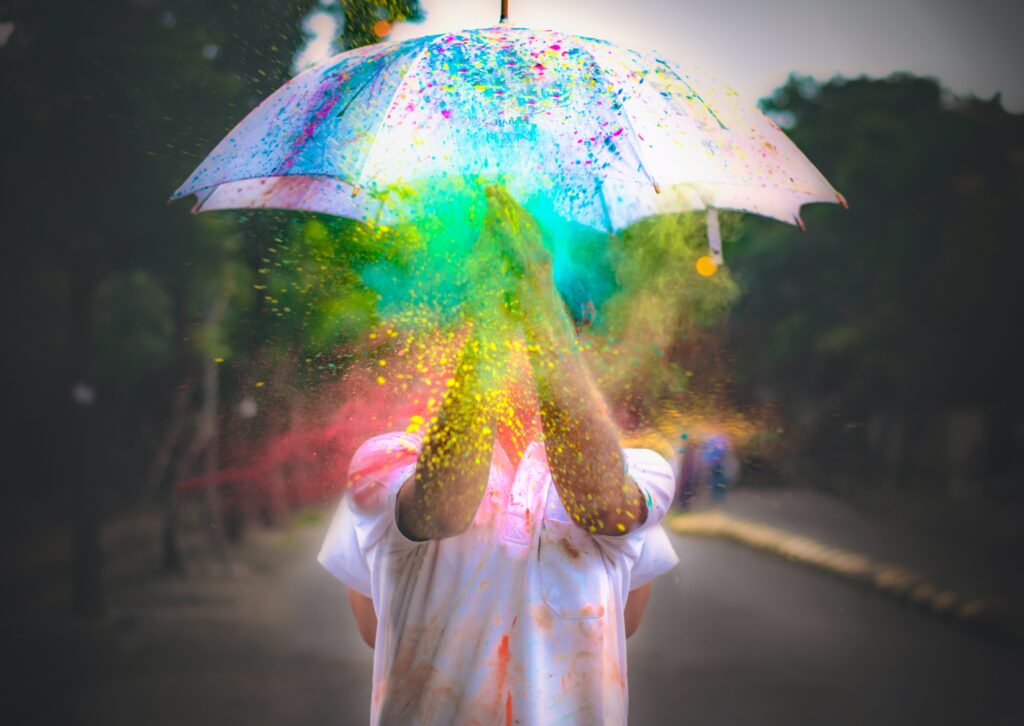Surprising facts about Pride you may not know
June is Pride Month and it’s already in full swing.
Perhaps you’re attending an LGBTQ+ event, marching in a parade or joining a virtual celebration. Or maybe you’re having your own festivities with a few close friends. Well, if you need some timely conversation starters, these 5 Pride facts could come in handy.
While Pride is generally celebrated in June to commemorate the riots that took place at the Stonewall Inn in New York City in 1969, they weren’t the first, or only, fight for LGBTQ+ rights in the United States.
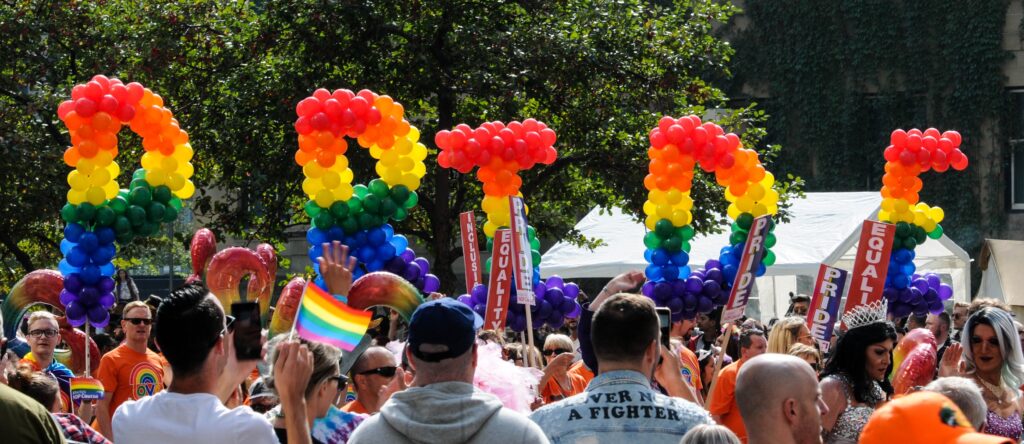
Back in 1959, on an active Los Angeles street, the 24-hour cafe, Cooper Do-nuts, welcomed all patrons including drag queens, street hustlers, transgender and gay folx. However, the area’s police were less welcoming. One May evening, two officers entered the coffee shop, harassed customers for identification and arrested 5 of them. But the locals had had enough and began throwing donuts, coffee, and whatever they could at the police, who fled to their car and called for backup. The ensuing riot, though small, is viewed by some historians as the first modern LGBTQ+ uprising in the US.
Imagine Columbus, Ohio in 1964 where it was against the law to have a gathering with gay people in attendance. Shops with known gay customers were typically subject to police harassment or raids, often said to be for health code or permit violations. So David Zimmer, Orn Huntington and others, in an act of defiance, organized what would become an annual Halloween drag ball. The balls evolved into a showcase for drag performers, as well as a fundraising tool during the AIDS crisis. Perhaps not exactly an uprising, but certainly a step in the fight for equal rights.
Then there was the equal rights march in Philadelphia, Pennsylvania on July 4, 1965 where almost 40 gay men and lesbians, attired in suits and ties and dresses, respectfully marched around Independence Hall carrying signs reading, “Homosexuals Ask For Equality Before the Law.”
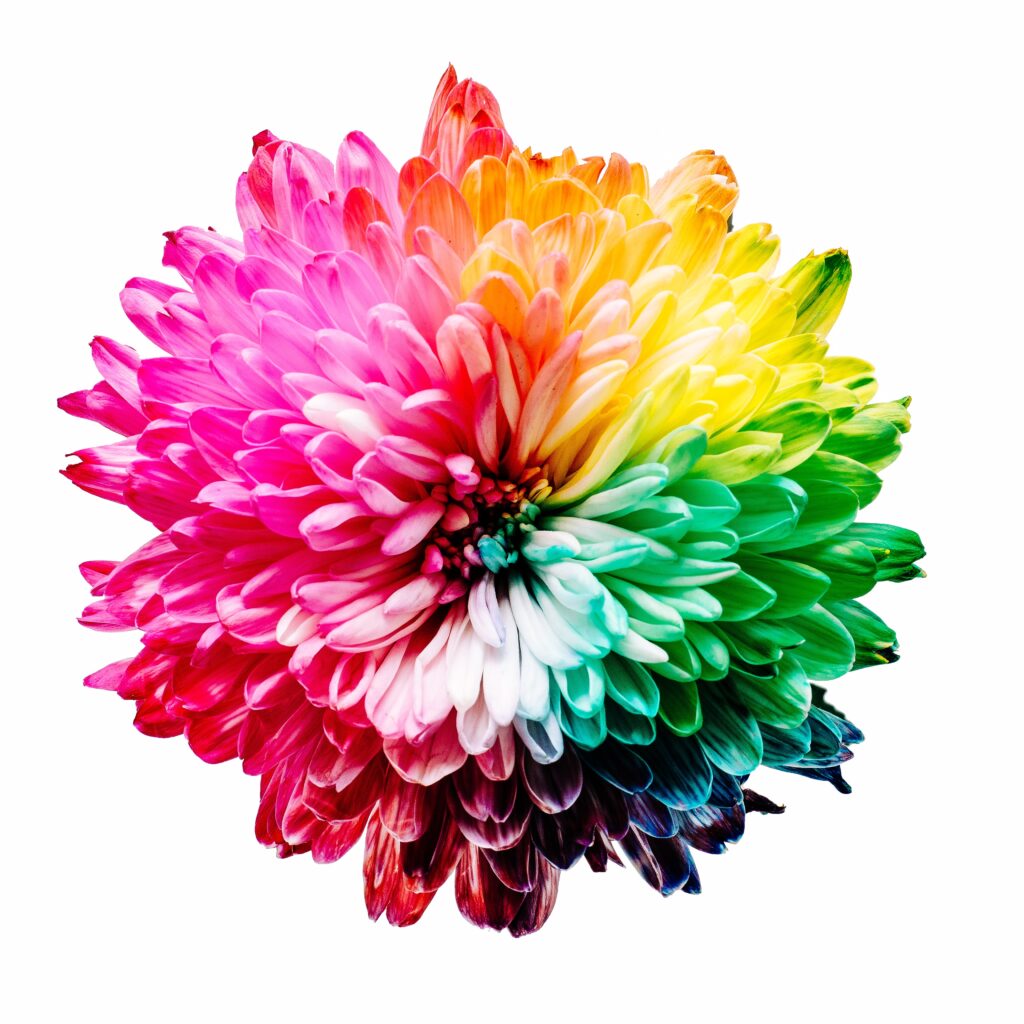
In 1966, Gene Compton’s cafeteria was the site of a standoff with police, as their persecution of the drag queens, transgender and gay patrons escalated. An officer grabbed a woman, who then threw coffee on him. From there, anything customers could find was thrown at the police, windows were shattered, and a nearby newsstand was burned to the ground. This event is often considered the historic first step in the movement for transgender rights.
Needless to say there have been, and will continue to be, many displays of queer resistance to the laws and practices that oppress the LGBTQ+ communities.
Bonus fact: A “sip-in” at Julius’ bar in 1966 New York City helped overturn an unwritten law there that banned alcohol from being served to homosexuals. The protesters took the idea from the sit-ins that African-Americans used during the early 60s as acts of civil disobedience against segregation.
The fact is…the rainbow flag was originally 8 colors.
Designed by openly gay artist and drag queen Gilbert Baker, the original rainbow flag was first flown on June 25, 1978 for the San Francisco Gay Freedom Day parade. Baker had been urged by a close friend to come up with a symbol to represent the “gay community,” as it was called back then. Harvey Milk, one of the first openly gay elected officials in the US, was that close friend. Baker saw a flag as the perfect symbol stating, “A flag really fit…because that’s a way of proclaiming your visibility or saying, ‘This is who I am!’”
He took inspiration from the sky and selected a rainbow of colors, each with its own meaning. Baker and a team of volunteers created those earliest rainbow flags by hand, using hot pink to represent sex, red for life, orange for healing, yellow for sunlight, green for nature, turquoise for art, indigo for harmony, and violet for spirit. However, when they later tried to mass produce the flags there were issues with using all those colors. So hot pink and turquoise were dropped and indigo became a basic blue color, which gave us the 6-striped rainbow flag we so often see today.
Bonus fact: Baker’s flag has been recognized for its design and is in the permanent collections of both the Museum of Modern Art in NYC and London’s Design Museum.
The fact is…Pride month offers another reason to celebrate as it includes the anniversary of the US Supreme Court’s decision to legalize same-sex marriage in all 50 states.
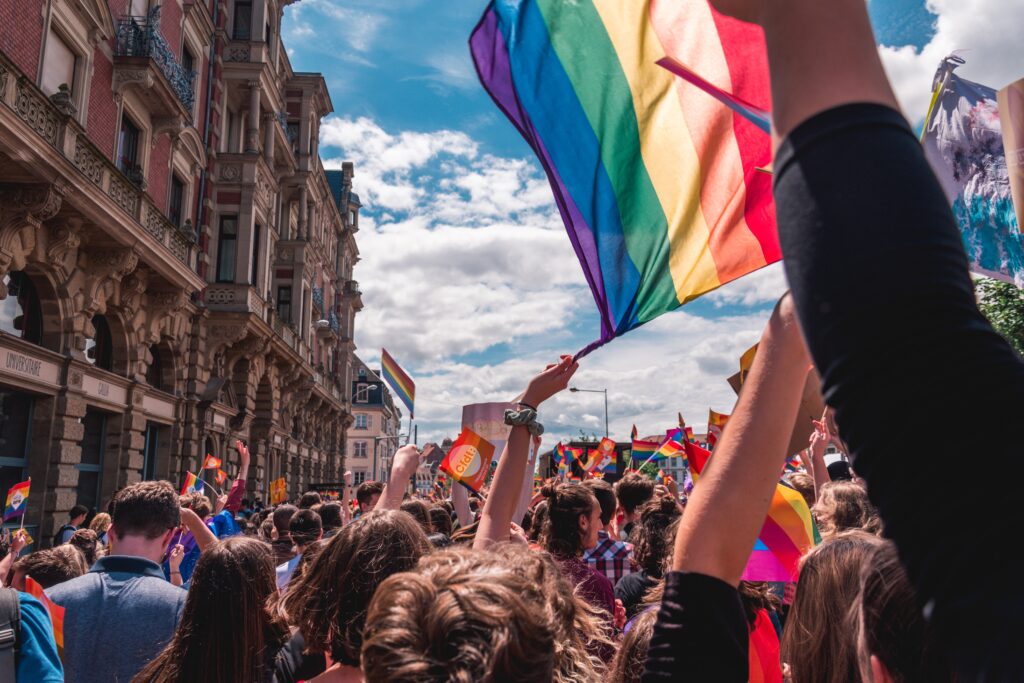
In early 2015, same-sex marriage was legal in only 36 US states. It wasn’t until May of that year that national public support for same-sex marriage rose to 60%. Finally, on June 26, 2015, the Supreme Court’s ruling in the landmark civil rights case of Obergefell v. Hodges declared that “the fundamental right of same-sex couples to marry on the same terms and conditions as opposite-sex couples, with all the accompanying rights and responsibilities, is guaranteed by both the Due Process Clause and the Equal Protection Clause of the Fourteenth Amendment to the United States Constitution.”
There are now over 30 places around the world where same-sex marriage (some with specific rights or requirements) is recognized and legal. These include: Argentina, Australia, Austria, Belgium, Brazil, Canada, Colombia, Costa Rica, Denmark, Ecuador, Finland, France, Germany, Iceland, Ireland, Luxembourg, Malta, Mexico, the Netherlands, New Zealand, Norway, Portugal, South Africa, Spain, Sweden, Switzerland, Taiwan, the United Kingdom, the United States of America and Uruguay.
Bonus fact: The Netherlands became the first country in the world to legalize same-sex marriage back in 2001.
The fact is…the new Progress Pride flag has 11 colors.
While Baker’s flag is the most common Pride flag, it’s not the only one you’ll see around these days. You may see the flag designed in Philadelphia, Pennsylvania in 2017 which added black and brown stripes above the rainbow stripes to include people of color. However, a year later a newer version was created to more fully encompass the LGBTQ+ community.
Daniel Quasar designed his Pride flag to embrace inclusion and progress. Quasar added a 5-color chevron to the left side of the rainbow flag, including black and brown plus the white, pink and light blue colors from the transgender flag.
The triangular shape forms an arrow pointing to the right, to represent “forward movement”. His intention for the new colors was to separate them from the traditional rainbow colors as they have a different meaning: to shift focus and emphasize the current conditions people of color (POC) and those in the transgender, gender non-conforming, non-binary (TGNCNB) community continue to face. Quasar’s Progress Pride flag has become more and more popular.
Bonus fact: Quasar started a funding campaign to finance production of his design on flags and stickers in 2018. He surpassed his goal of $14000 by over $3000.
The fact is…there are more than 160,000 folx in military service and over 1 million veterans in the LGBTQ+ community in the US alone.
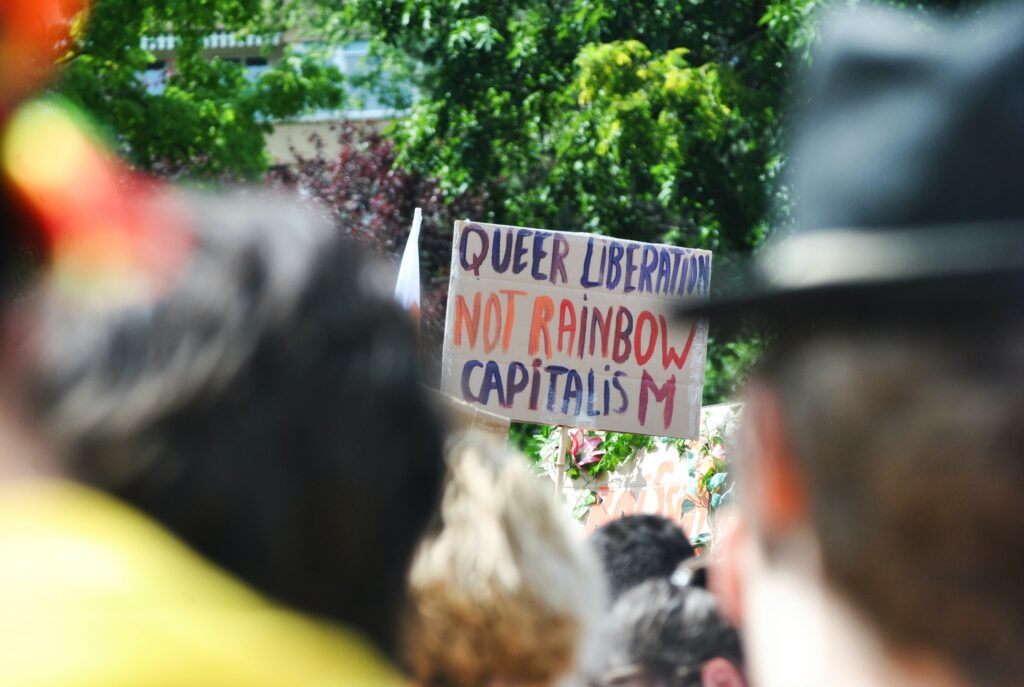
The word “pride” has several meanings. It can be used intra-personally, in terms of being proud of who we are, and interpersonally as in being proud of someone else. But it can also refer to taking pride in our accomplishments.
With Pride month sandwiched between Memorial Day and the Fourth of July, I can’t help thinking about the accomplishments we’ve made over the last 10 years due to the strength and bravery of our military siblings. Here are some military achievements we can truly be proud of.
2011 – Say goodbye to Don’t Ask, Don’t Tell! Openly LGBTQ+ folx are able to freely serve in the military.
2013 – Spousal and family benefits are extended to same-sex married partners in the military, thanks in a large part to Edie Windsor. This also helped lead to the end of the Defense of Marriage Act (DOMA), which eventually lead to the legalization of same-sex marriage in all states!
2021 – After temporarily ending in 2016, the ban on those who are transgender or don’t identify with their gender assigned at birth and want to enlist and serve in the armed forces was lifted. Finally!
Bonus fact: The Navy has the most LGBTQ+ members of all the armed forces with almost 10%.
The fight for LGBTQ+ rights concerns us all. It makes it safer and easier to be our most authentic selves. And that certainly couldn’t be more true than in the armed forces.
During Pride month, there is no better time to recognize the bravery it takes to be gay, lesbian, bisexual, transgender, queer, intersex, asexual and all other sexualities, genders, races and religions.
Perhaps at your next Pride get together you’ll talk about our courageous queer “ancestors” or the evolution of the Pride flag. You might want to celebrate the bravery of someone you know with a Queermark Pride card. These colorful cards sport the progress rainbow and “PRIDE” dog tags, offering those in your LGBTQ+ family your appreciation of their courage, as well as wishing them “Happy Pride.” Find your Pride cards* here: https://gofund.me/e6b1662e
I hope you have some interesting conversations at your next gathering. You now have several topics you can discuss. But no matter how you celebrate this year…with a party, by sending a card or quietly at home, have a truly happy Pride!
*As always, remember when giving these cards, you do not want to “out” anyone, so you may want to do it privately.

